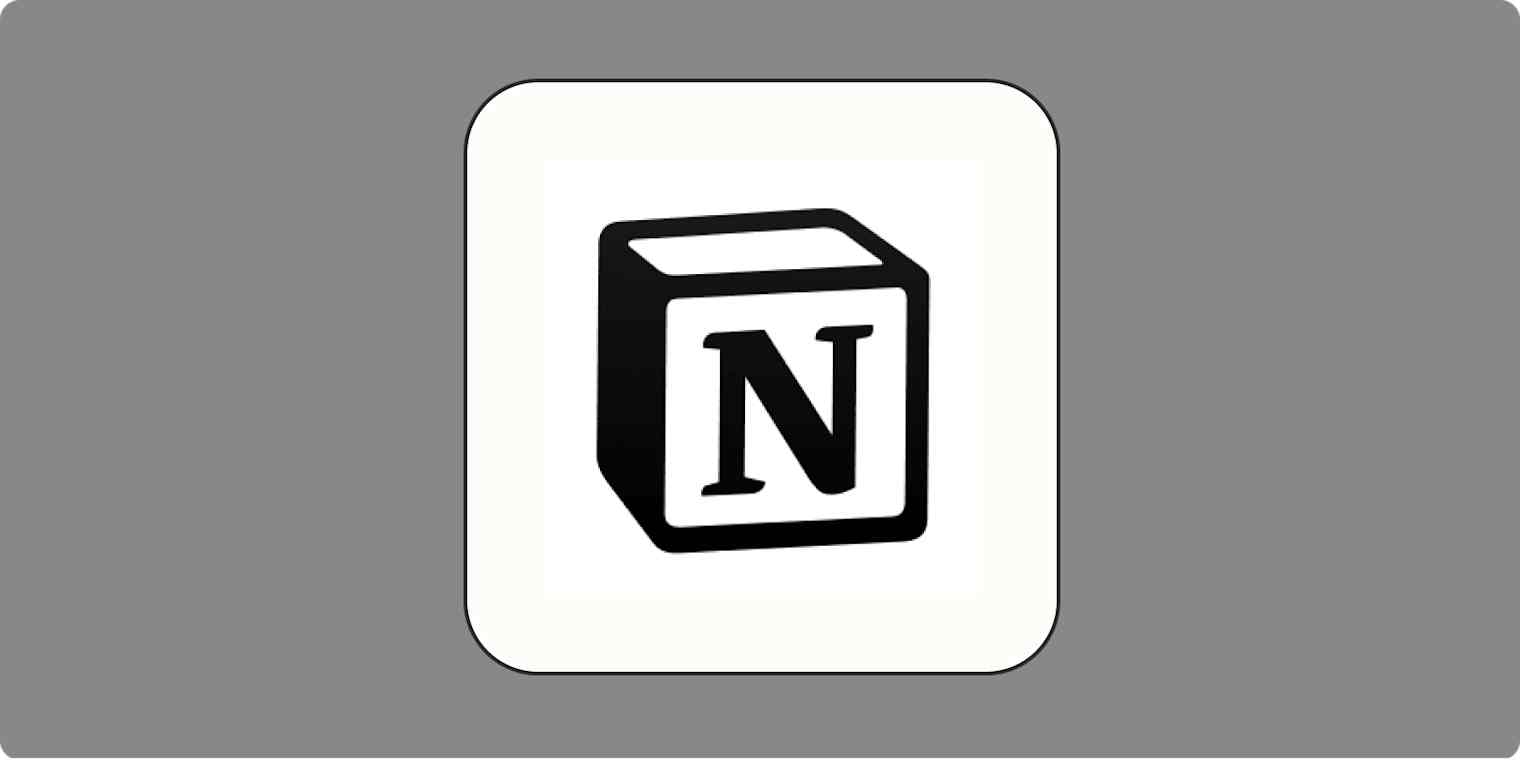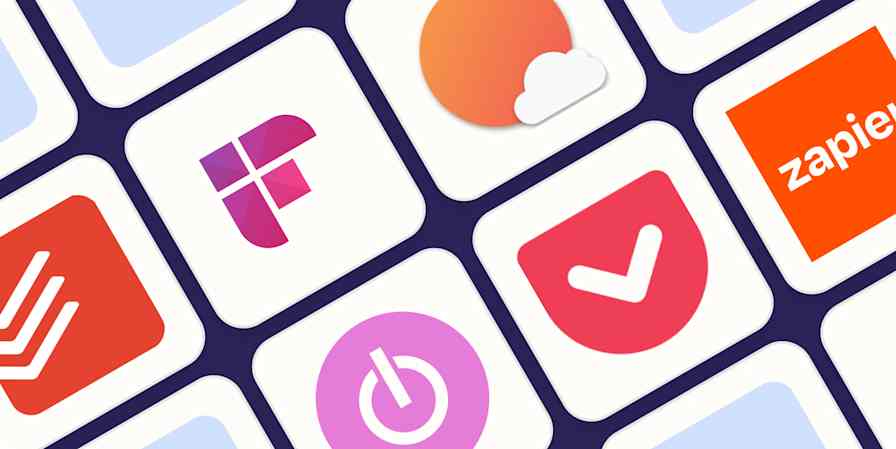App tips
10 min read8 Notion tips and tricks for a more powerful workspace
By William Nutt · September 6, 2024

Get productivity tips delivered straight to your inbox
We’ll email you 1-3 times per week—and never share your information.
Related articles
Improve your productivity automatically. Use Zapier to get your apps working together.








